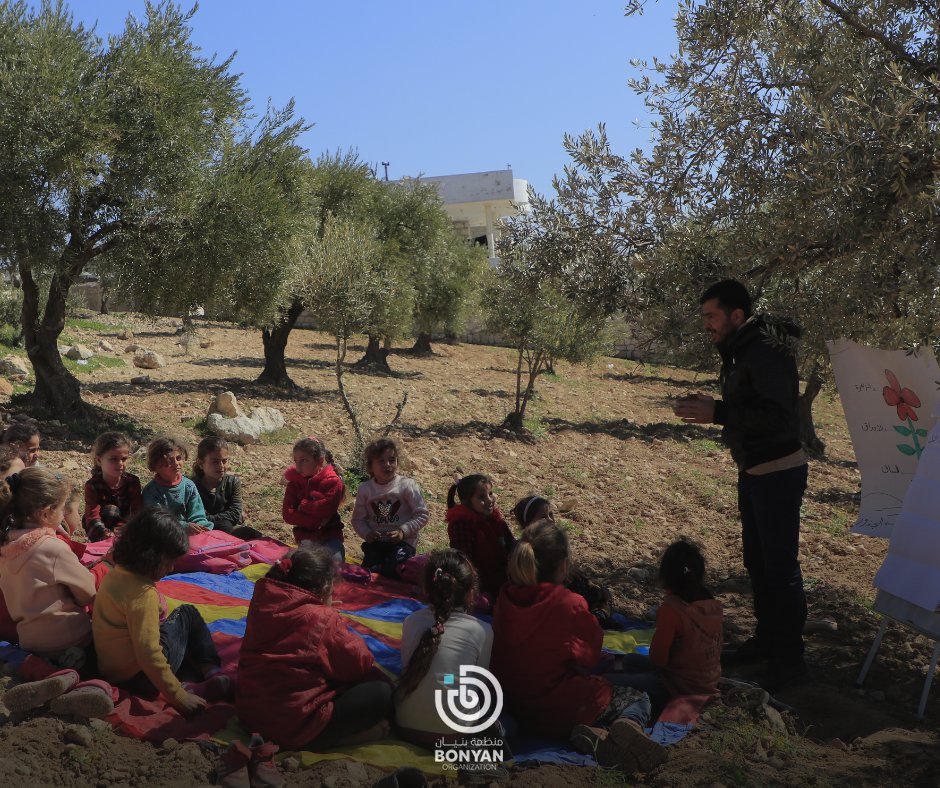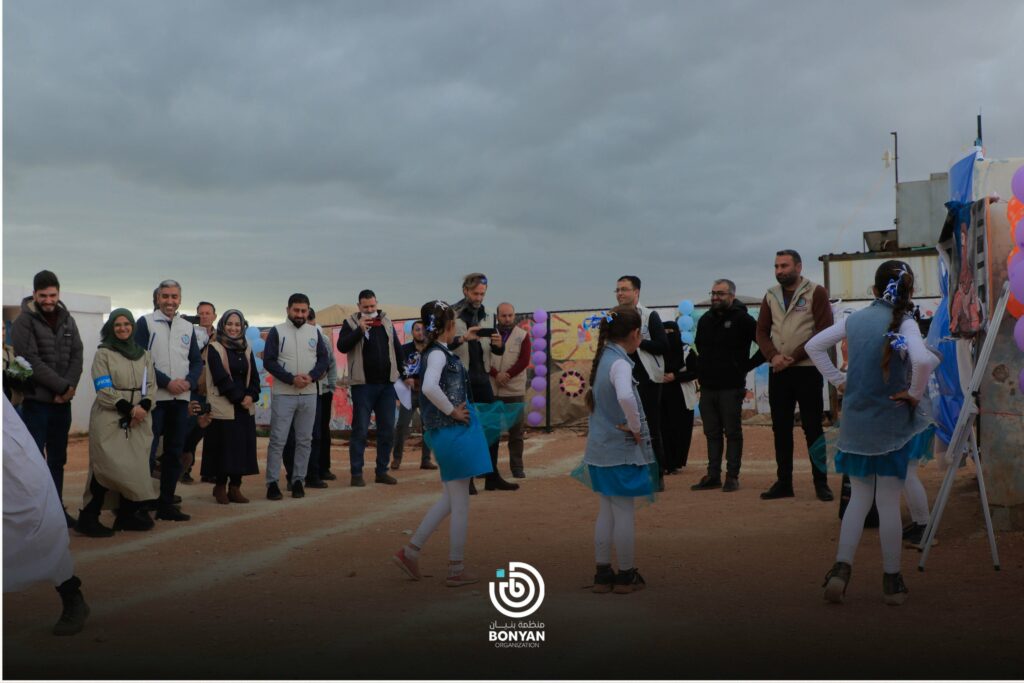In the early hours of the morning of Feb. 6, the catastrophic earthquake hit southern Turkey and northern Syria. With a magnitude of 7.8, the Kahramanmaras earthquake was one of the deadliest earthquakes in recent history.
So far, the earthquake has damaged more than 55,000 buildings and left as many as 46,000 deaths from both the Turkish and Syrian sides so far. Help us at Bonyan organization to support the victims of the Kahramanmaras earthquake.
What comes after the Kahramanmaras earthquake?
After the Kahramanmaras earthquake, it is common for hundreds of aftershocks to happen in the next coming weeks, months, or years. Another common phenomenon is surface rapture, which occurs when the ground surface breaks and moves due to a fault in its movements. Early estimates indicate around 185 miles of fault segments within the East Anatolian Fault zone.
Most aftershocks cluster close to the mainshock fault rupture. Also, one in every 20 large earthquakes will have a similar-sized aftershock.
According to the USGS, there are mainly 3 scenarios that might happen after the earthquake. The first one is that there is a 90 percent chance that future earthquakes will decrease in frequency, with the largest of them being not more than M7.
The second scenario is that there is a 10 percent chance an M7.0 aftershock will happen. The third scenario is that there is a 1 percent chance that a similar-sized aftershock or larger than M7.8 will hit the same region, where the earthquake will occur.

People’s recovery from the Kahramanmaras earthquake
Following an earthquake, there are some steps that people can take for recovery.
- Use the information you gathered in your disaster plan and the supplies you put in your disaster kit.
- Avoid using open flames like lighters, matches, candles, etc.
- Use any electrical or mechanical device that can make a spark, such as generators and motor vehicles.
- Avoid using devices that can release deadly carbon monoxide or be a fire danger in aftershocks.
- After aftershocks, continue to check for gas leaks, damaged electricity, chemical spills, or broken water pipes.
10 ways to respond after the Kahramanmaras earthquake
There are many measures by which you can help after the Kahramanmaras earthquake. These include the following points.
- Donate money to global charity organizations and NGOs.
- Donate money to Turkish and Syrian relief and humanitarian organizations.
- Donate your blood. Blood reserves in Turkey have fallen below the minimum level of 50,000 to only 35,000 units.
- Donate food, clothes, and other items that earthquake victims might be in need of.
- Spread awareness to the victims on where to find safety. Many businesses and institutions have opened their doors to the victims following the earthquake.
- Raise awareness about the importance of donations among your friends and family.
- Volunteer to help the people affected by the disaster by delivering donation items to them, for example.
- Organize a fundraiser to collect money for the earthquake victims.
- Visit the victims and offer them emotional support by listening to them.
- Make sure to donate to the right relief organizations so that your donations reach the people in need.
Northern Syria, already ravaged by war, is desperate for aid after the earthquake
The situation in northern Syria was already catastrophic before the earthquake. According to the UN Envoy to Syria, Syria has had the worst humanitarian crisis since world war 2.
With the advent of the recent earthquake, northern Syria has now even deteriorated more as victims have now lost their loved ones, their houses, and their belongings.
Thousands of Syrian families with children are now homeless no shelter, food, water, electricity, or clothes that can protect them against the freezing winter temperatures. To this end, Syrians are in dire need of donations now more than ever before.

“Unspeakable heartache” for those devastated by the earthquake “ Donate Now”
Bonyan is an organization that aims at helping war-ravaged communities.
The Syrian refugee community is one of the communities that is living through the worst humanitarian crisis nowadays due to the civilian war and the recent earthquake that has hit it. Your donations will help many vulnerable Syrians who were left with no source of income, food, or shelter.
Moreover, hundred of thousand of Syrian children are on the verge of starvation, sick, homeless, disabled, and orphaned. With your donations, you give those children new hope for a better future. Do not hesitate to help out those people!
Share with us in the comments below the actions you have taken to help the Kahramanmaras earthquake victims to encourage other people to take similar actions and spread the word!
Resources
- Earthquake death toll passes 46,000 amid desperation for signs of life.
- How to make sure your donation will do the most good for earthquake survivors?
- HELP SYRIAN REFUGEES.
- https://www.usgs.gov/news/featured-story/m78-and-m75-kahramanmaras-earthquake-sequence-near-nurdagi-turkey-turkiye.
FAQs
What is earthquake rehabilitation?
Earthquake rehabilitation is concerned with the restoration of main services and facilities to restore the normal functioning of the affected society.
What was the response to the Nepal earthquake?
The response to the Nepal earthquake involved the launch of comprehensive rescue, relief operations, and medical teams by the Indian government to respond to the crisis.
Also, the Humanitarian Country Team established the Nepal Earthquake Flash Appeal to provide protection and relief services for as many as 2.8 million victims.
When did the earthquake happen in Turkey?
The Kahramanmaras earthquake hit southeastern Turkey and parts of Turkey in the early morning of 6 Feb.
What causes Turkey’s earthquakes?
The cause of Turkey’s earthquakes is the movement of the tectonic plates as they build up the pressure on fault zones.
Was Istanbul affected by the earthquake?
No, Istanbul was not affected by the Kahramanmaras earthquake.
Does Turkey have natural disasters?
Yes, many parts of Turkey are subject to natural disasters, such as earthquakes and tremors.
How many people died in the Turkish earthquake?
The number of people who died in the Kahramanmaras earthquake, according to the latest statistics, is 46.000.



